Spring 2020: A Closer Look at Felton

I’m quarantined with my husband and our kids (who are 8 and 5), here in the Bay Area (I live in a small town about an hour south of San Francisco). The last month has been pretty zany, as we’ve tried to figure out how to handle distance learning for the kiddos, both of our work schedules, etc., but we’re fumbling our way through it. We’re feeling super fortunate to be healthy and that the weather has mostly cooperated: perhaps one of the truest signs that I’ve become a Californian for real is that I’m increasingly despondent when it rains.
This is not unusual or surprising, but the time issues and the pervasive sense of uncertainty have been the big changes in my life as a designer over the past month (and that we’ve been focused on getting the Spring collection out, so I’ve been in more “editing mode” than “designing mode” of late), so I haven’t been tackling a lot of out-of-the-box projects right now. But I’ve been doing some design research for Fall 2020, knitting from some other people’s patterns (which I haven’t done in ages), and looking for that balance between the kinds of textures and cables I’m most captivated by and the kind of meditative, intuitive knitting I think we all want to be doing right now.

Felton features your signature “very Sloane cables” (I’m trademarking that!) with delicious texture and ribbing. What was your inspiration for the design?
These days, more and more of my inspiration comes from the world of ready-to-wear: I’m looking at sweaters and knitted textures as they exist in the world of “real” fashion and thinking about how to adapt them for handknitting. I’m thinking about the staple silhouettes and garments in my actual wardrobe — or more accurately, the kinds of garments I wish were in my wardrobe, since finding high-quality, affordable knitwear in anything other than plain stockinette fabric is pretty challenging — and which of those kinds of sweaters make sense to knit, and what my ideal “knitterly” version of them is. Because I’m primarily a garment designer, I’m also always thinking about trying to balance visual and knitterly interest with producing a garment that’s going to drape nicely on an actual body, and I find that building cable charts out of sequential, “multi-step” cables (where you’re crossing one or two stitches at a time, rather than dramatically folding the fabric for a bigger cable) tend to help with that balance.
Open-front, low-hip length cardigans are part of my wardrobe bread-and-butter: I live in a place where it is always the right temperature for a sweater for a few hours, but not usually the whole day, so I live in layers, especially in warmer seasons. When I sat down to design Felton, I was looking at a way to add texture and cabling to that kind of silhouette, and as I was pinterest trolling, found a cable panel on the back of a sweater that I couldn’t get out of my head. I figured out how to recreate something very similar using my favorite cables, and off I went.

Tell us a bit about the details? The tailoring, construction, shaping? And why you chose these finer details?
Felton is knit from the bottom up, in pieces, and seamed (about which, more later), using a tailored or full-fashioned shoulder (about which more later, as well!). The sweater hits at low-hip, but isn’t quite tunic length, and has about 5” of A-line shaping from bust to hip. For most people, this gives you a sweater that has about the same amount of functional ease at hip and bust: most of us are a bit wider at the hip than the bustline, so to get the same 6-8” of ease you’re aiming for at the bustline, you need to grade out a bit as you get to the hips. You also don’t want this kind of cardigan to pinch at the hips, so you’re adding a bit of extra width there.
One of the big fit decisions I made here was actually about the front bands, which are substantial (and include both the cable panel and the ribbing). I wanted an integrated band (in part out of mercy to the knitter—picking up stitches to work a shawl collar on a long cardigan can be quite a process), but I wanted the cardigan to be able to really close across your body and be cozy and warm, rather than more of a “duster” style silhouette that wouldn’t close at the fronts. So, combined width of the fronts (including the bands) is a little more than the back measurement, which gives you a little room to overlap the bands (and maybe even pin them with a shawl pin) if you’d like.
Tell us more about full-fashioned shoulders, and why they are your set-in sleeve go-to?
Can I cheat and quote myself on this one? I wrote a very long blog post on my personal blog last winter about why tailored shoulders are really great, ranging from “I think they produce more predictable, easier-to-work armholes” to “I just think they look pretty,” and I’d stand by all of those reasons. In a sweater with tailored shoulders, essentially you work the back to the height of the sleeve cap and then work double decreases to the neck width, and then attach the tops of your fronts to those sloped edges. For a variety of reasons (including some basic math), this produces an armhole that seams with considerably less difficulty and fuss, and, more importantly, an armhole that you can *know* will seam with minimal difficulty and fuss. When you combine the fit advantages with the ease-of-use issues, it feels like a slam dunk to me.

Why is “Team Seam” essential for this type of garment?
As designers, we’re always trying to balance what we think will be easiest and most user-friendly for knitters with what’s necessary to achieve the kind of drape or fit or structural integrity and durability we’re aiming for in a given garment. Here, I think those factors actually both point in favor of seamed construction: there’s just a lot of knitting here. It’s a big sweater, it’s got cables on most of the right side rows on all the pieces, and even though Forge is a beautifully light yarn for its weight, given the length and the amount of texture involved, there’s still just a lot of physical weight hanging off of your shoulders. Seams help support the weight of the sweater and ensure that it will still hang beautifully off your shoulders years from now, which is everybody’s goal. If you were violently opposed to setting in sleeve caps, I’d recommend you knit the body in pieces and seam it together, and then pick up the sleeves and knit down, using short rows to shape the sleeve caps, so you’d still have the structural benefits of seams at the shoulders.
Do we have more cabled garments to look forward to in the future? Can you give us a little glimpse into your plans for A/W 2020?
Of course! We’re deeply in the planning stages for A/W 2020, but I’ve had a cabled pullover in Forge on the brain since last fall that I think is finally going to make an appearance. Hats are also a definite possibility.
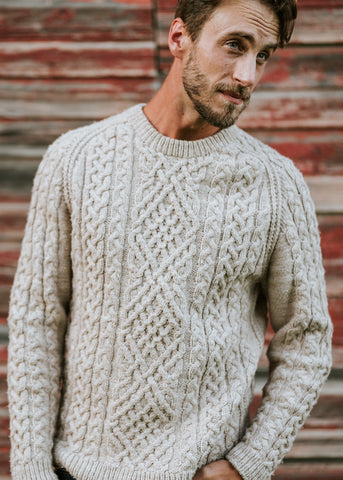
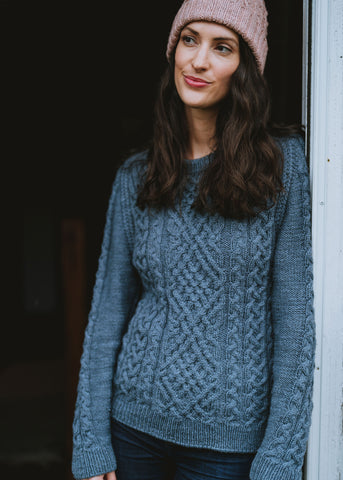
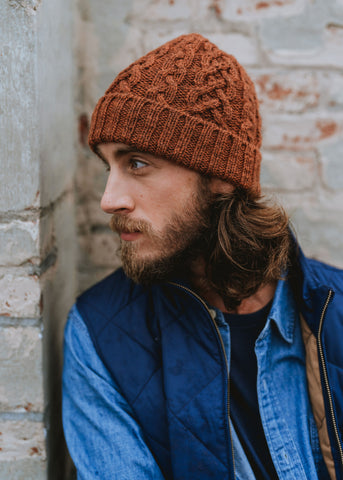
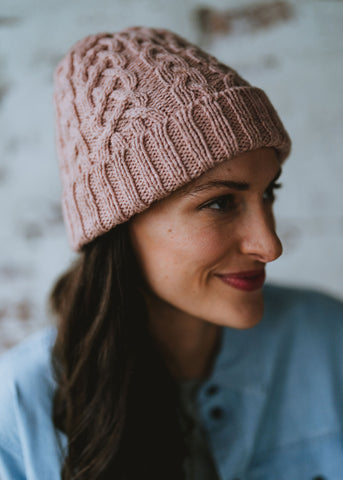
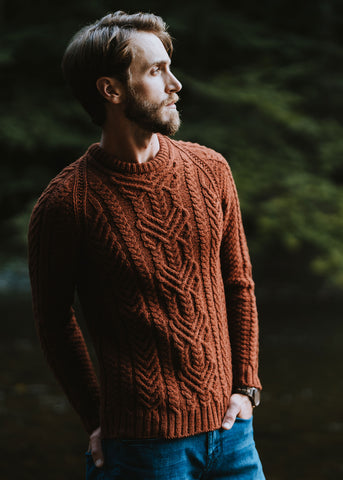
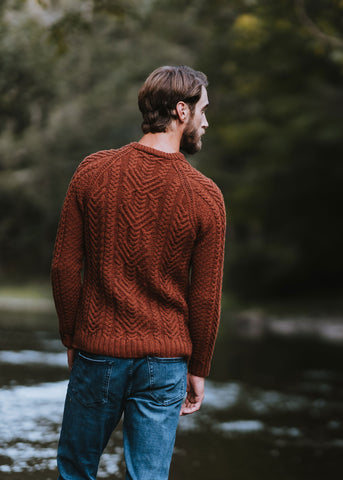



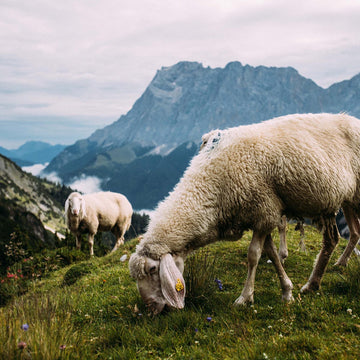
website:https://bubaherbalmiraclem.wixsite.com/website
Facebook page ;https://www.facebook.com/profile.php?id=61559577240930
DOCTOR Moses Buba CAN AS WELL HELP THE FOLLOWING PROBLEMS
1. HIV/AIDS SPELL
2. HERPES SPELL
3. CANCER SPELL
4 IF YOU WANT YOUR EX LOVER BACK SPELL
5 IF YOU NEED A BABY SPELLhim to solve
6 LOW SPERM COUNT SPELL
get all your problem solve. No problem is too big for him to solve.
WARNING: Scammers BEWARE! I’m about to share a jaw-dropping story of how I got scammed out of $64,000 in a cryptocurrency investment that promised me a return of $124,000… but then I found coinsrecoveryworldwide!. As a woman who was already recovering from kidney surgery, I was blindsided by the news that my investment was a scam. I was left feeling helpless, stressed, and worried about how I’d pay for my medical expenses. But then I stumbled upon coinsrecoveryworldwide, and they changed everything. With their expertise and determination, they worked tirelessly to recover not only my initial investment but also the promised profit. It’s been a game-changer for me, and I’m so grateful to have my money back. If you’re a victim of a scam or are struggling to recover your losses, don’t give up hope. coinsrecoveryworldwide is a team of dedicated professionals who will stop at nothing to get you back on track. Trust me, you won’t regret reaching out to them. They’re the real deal!”
CONTACT THEM VIA
EMAIL: COINSRECOVERYWORLDWIDE@GMAIL.COM
TELEGRAM:crypcoinss
#cryptocurrency #forex #fx #investment #etherium #bitcoins #wrong investments #how do i recover bitcoin? #victimofwronginvestmenthowdoiwithdrawmycoins? #cryptoscams
Hire a Hacker to Recover Lost or Stolen Cryptocurrency / Captain WebGenesis.
Contact Captain WebGenesis through;
Email: (Captainwebgenesis@hackermail. com) or
Visit (www.captainwebgenesis. com) for more information.
Determined to explore all possible avenues for recovering my lost funds, I embarked on a research quest to find a solution. It was during this search that I stumbled upon Captain WebGenesis, a renowned entity known for their expertise in dealing with financial scams. Intrigued by their track record of success in assisting victims of fraudulent schemes, I wasted no time in reaching out to Captain WebGenesis to seek their assistance. The initial contact with Captain WebGenesis marked the beginning of a collaborative effort to initiate the process of recovering my frozen funds, instilling a sense of hope and optimism in an otherwise dire situation. Captain WebGenesis was able to recover all my lost Crypto.
Recommendation by Cliff Sims.
HOW TO GET BACK STOLEN, HACKED, OR LOST CRYPTOCURRENCY ?
(BINARY OPTIONS SCAM, CRYPTO INVESTMENT SCAMS, LOAN SCAM). WHAT YOU NEED TO KNOW ABOUT CAPTAIN WEBGENESIS.
Captain WebGenesis is a Cyber skilled hacker with special abilities and skills that enact penetration to help victims of Crypto Fraudulent activities who are faced with cyber challenges get back their lost funds. Simply file your complaint through the website (https://captainwebgenesis. com) and have all your crypto recovered back.
For more information and prodigious services,
CONTACT; Mail; Add (captainwebgenesis@hackermail.com).
SMS / Call; +1 (501)436-9362.